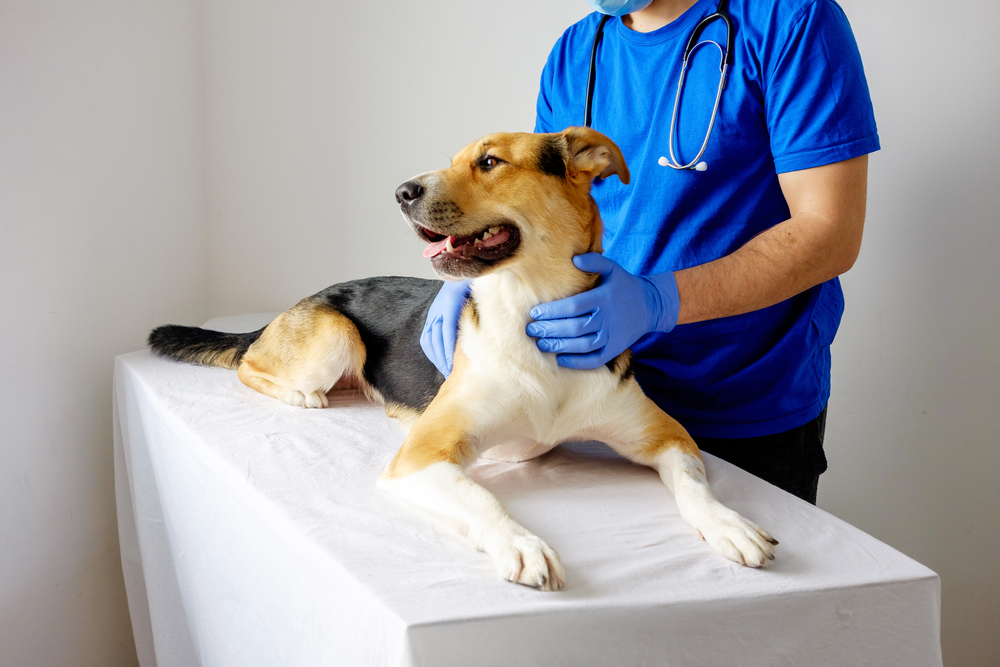
As we celebrate Animal Pain Awareness Month, it’s essential to understand that our beloved pets can experience pain just like we do. Recognizing the signs of pain in animals is crucial for ensuring they receive the care they need. Animals are adept at hiding their discomfort, making it vital for pet owners to be vigilant.

5 Signs Your Pet Is In Pain
1. Changes in Behavior
One of the first signs that your pet may be in pain is a change in behavior. This could include increased aggression, withdrawal from social interactions, or a general sense of unease. If your once playful pup suddenly becomes withdrawn or irritable, it’s worth investigating further.

2. Altered Eating and Drinking Habits
If your pet is experiencing pain, they may show a reduced interest in food and water. They might refuse to eat their meals, eat less than usual, or even appear to struggle when drinking. Changes in appetite can indicate discomfort, so monitor their eating and drinking habits closely.
3. Lethargy and Decreased Activity
Pain can lead to a decrease in your pet’s energy levels and activity. If your pet is usually active and suddenly becomes lethargic, this may be a sign that they’re experiencing pain. They may be reluctant to go for walks, play, or even get up from their resting spots.
4. Excessive Grooming or Avoidance of Touch
Some pets may respond to pain by excessively grooming the affected area, resulting in hair loss or skin irritation. Conversely, if your pet flinches or withdraws when you touch them, it could indicate that they are experiencing discomfort.
5. Changes in Posture or Mobility
Pay attention to how your pet moves and holds themselves. Limping, difficulty standing up, or an unusual posture can all be indicators of pain. Look for signs of stiffness, especially after resting or sleeping, and be mindful of any sudden changes in their mobility.
How to Help Your Pet If They Are in Pain
If you suspect your pet is in pain, it’s crucial to take action promptly. Here are some steps you can take to help alleviate their discomfort:
Consult Your Veterinarian: The first step is to schedule an appointment with your veterinarian. They can assess your pet’s condition and provide the appropriate treatment or pain management options.
Provide a Comfortable Space: Make sure your pet has a cozy and quiet place to rest. A soft bed and familiar blankets can help them feel more secure.
Monitor Their Activity: Keep track of your pet’s behavior and any changes you observe. This information can be helpful for your veterinarian when diagnosing and treating your pet.
Follow Medical Advice: If your veterinarian prescribes medication or a specific treatment plan, be sure to follow it closely to ensure your pet receives the best possible care.


Schedule A Wellness Exam For Your Pet Today!
Being aware of the signs that your pet may be in pain is essential for their health and well-being. During Animal Pain Awareness Month, let’s commit to being vigilant and proactive in identifying discomfort in our furry friends. If you notice any of these signs in your pet, don’t hesitate to reach out to Eastwaye Veterinary Clinic in Goldsboro, North Carolina. Our compassionate team is here to help you ensure your pet receives the care they deserve. Book an appointment today, and let us help your beloved pet find relief!



